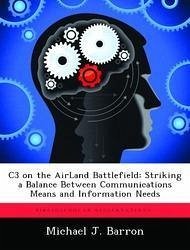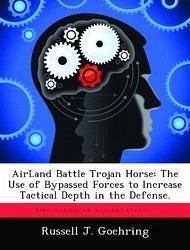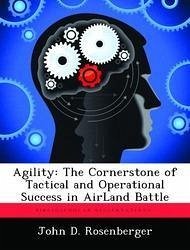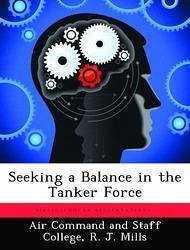Nicht lieferbar

C3 on the Airland Battlefield: Striking a Balance Between Communications Means and Information Needs
Versandkostenfrei!
Nicht lieferbar
The need to communicate via electronic means on the battlefield has increased dramatically since WWI. The two most significant factors underlying this change are greater tactical dispersion and the tempo of combat operations. Tactical dispersion, caused by the tremendous lethality of modern weapons, poses a control problem for commanders who must generate combat power at the right place and time on the battlefield. The ability to synchronize the battle will depend on established C2 systems and communications means. One challenge is to employ communications systems (technical means) that will m...
The need to communicate via electronic means on the battlefield has increased dramatically since WWI. The two most significant factors underlying this change are greater tactical dispersion and the tempo of combat operations. Tactical dispersion, caused by the tremendous lethality of modern weapons, poses a control problem for commanders who must generate combat power at the right place and time on the battlefield. The ability to synchronize the battle will depend on established C2 systems and communications means. One challenge is to employ communications systems (technical means) that will meet the demand to process information requirements generated by command and control systems. A second challenge is to avoid the dilemma created by requirements that exceed the capability of the technical means. A degraded, and therefore less responsive, C3 posture could spell disaster on today's lethal battlefield. The effort to address these issues begins with a brief historical review of communications means and needs. Next, this study looks at the impact that doctrine has on the subject. The paper explores the application of technology to doctrine to determine whether near-term improvements in terrestrial communications systems will meet AirLand Battle information needs. This monograph finds that terrestrial C3 systems -- MSE and SINCGARS -- scheduled for near-term fielding will meet communications needs on the AirLand battlefield under one condition. The Army and its leadership must appraise information needs within the context of the doctrinal basis for AirLand Battle -- decentralized execution. This study recommends that commanders at all levels actively seek to implement the concept of decentralized execution as expressed in AirLand Battle Doctrine to produce a consequent reduction in information needs.













